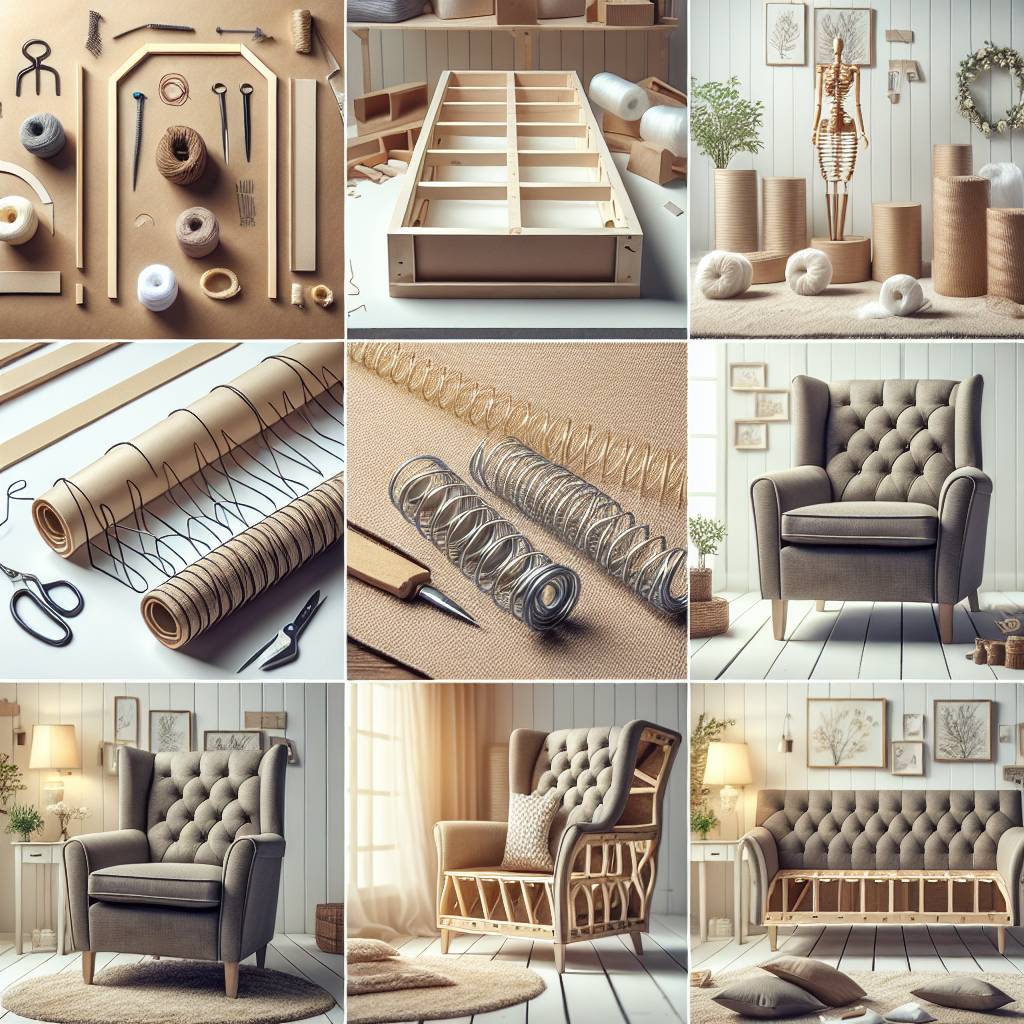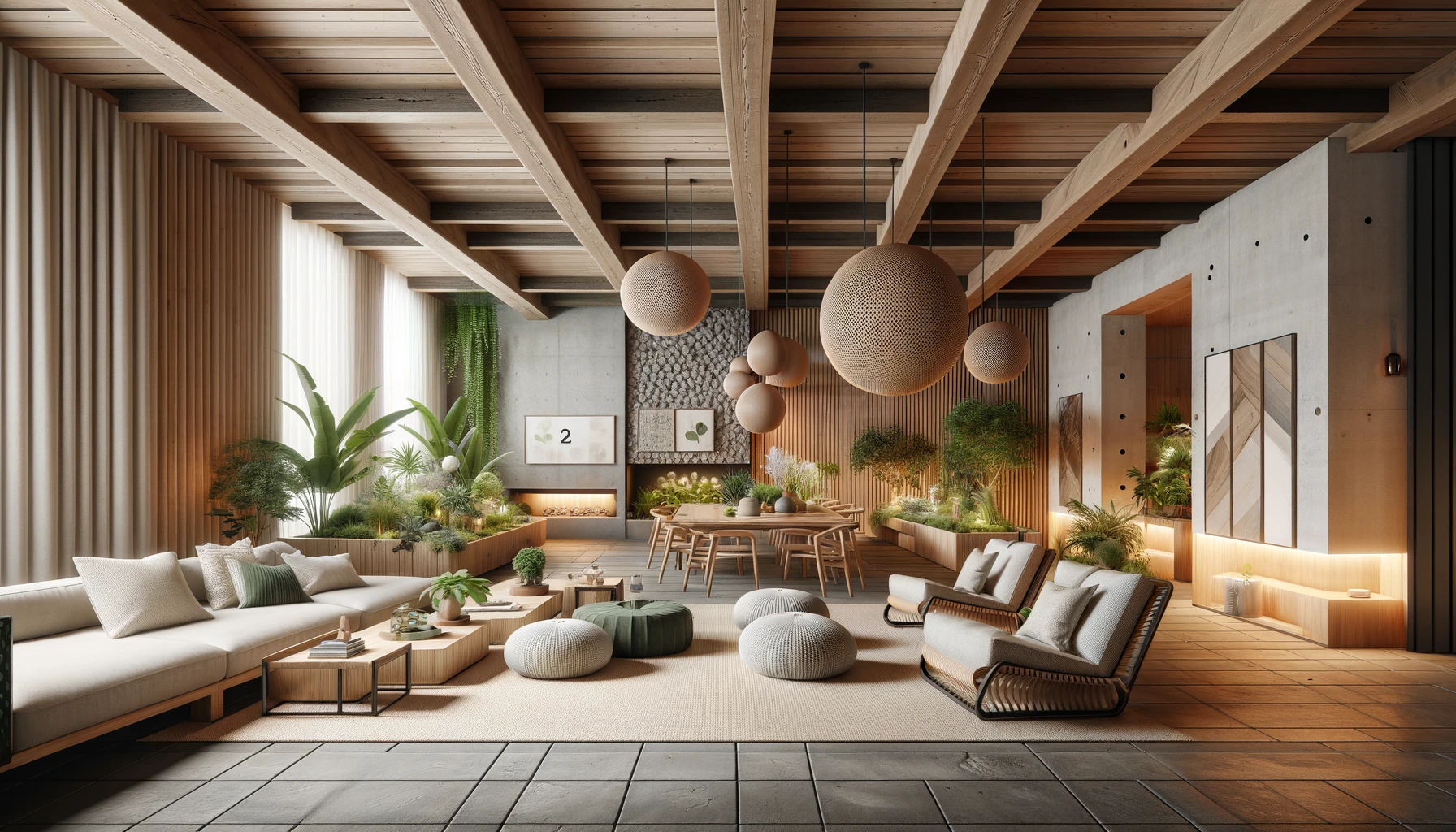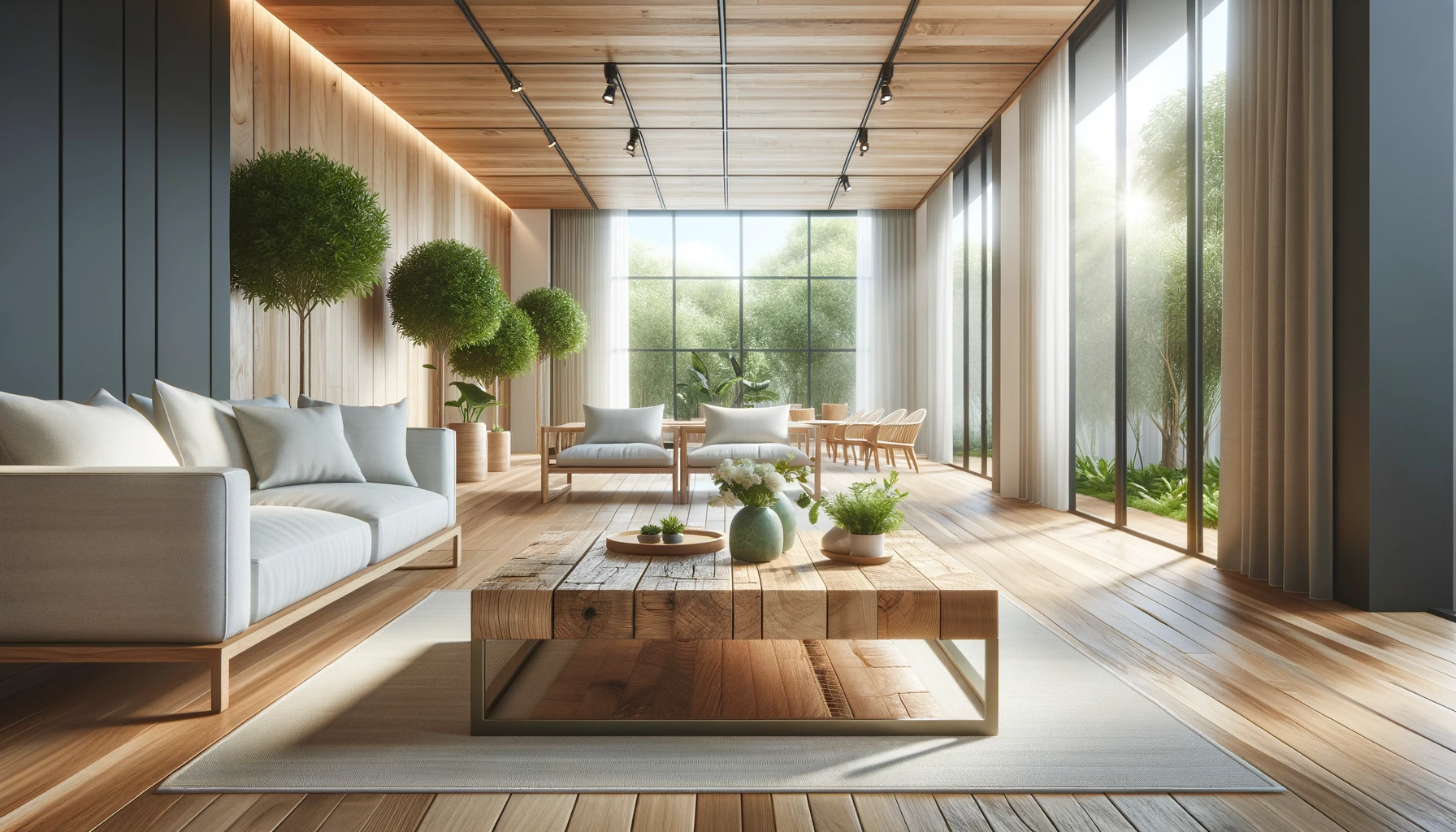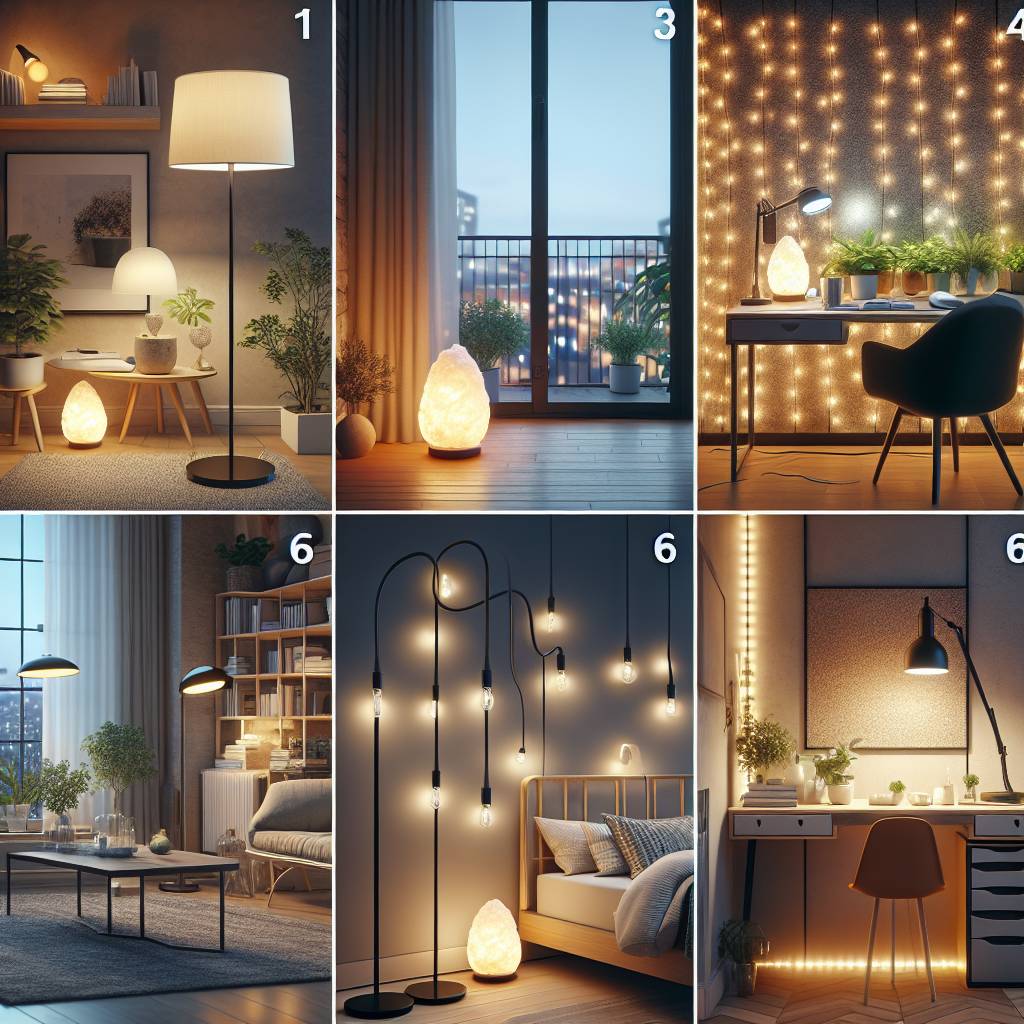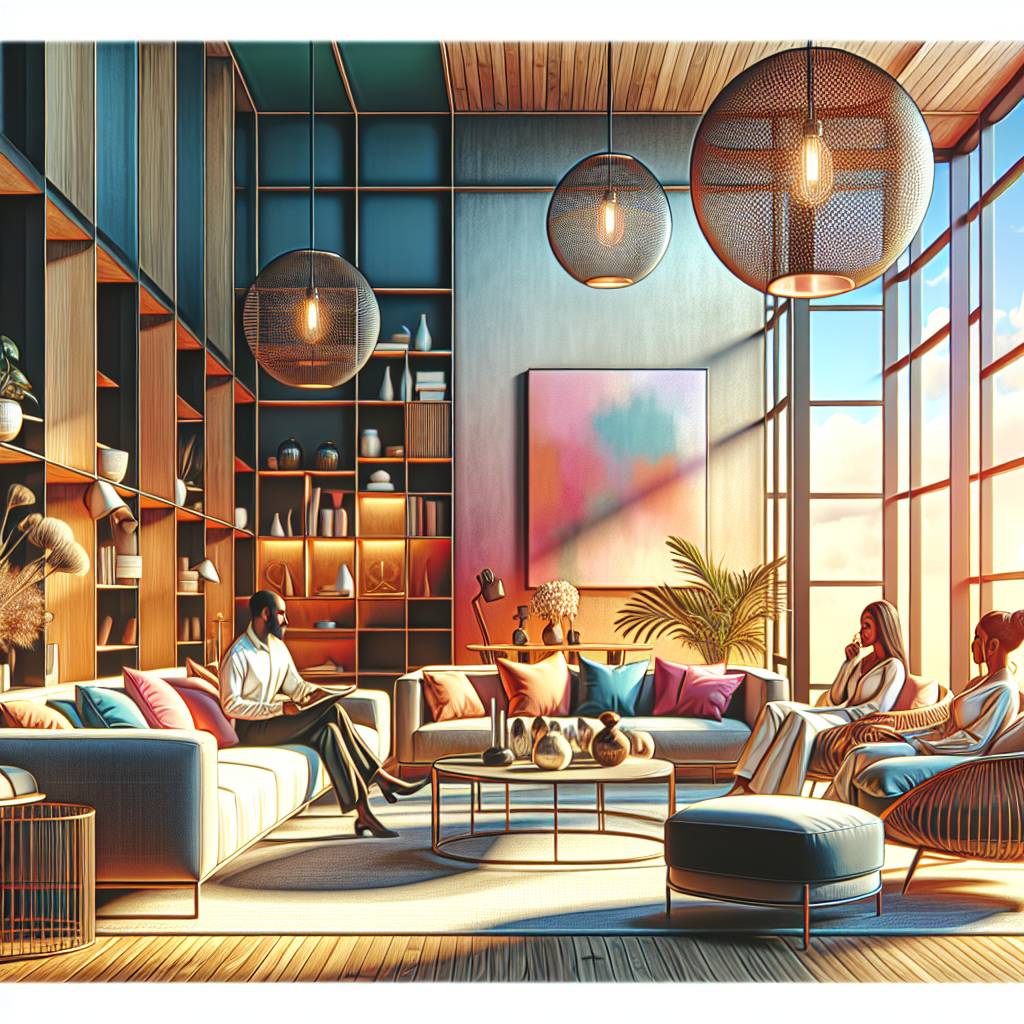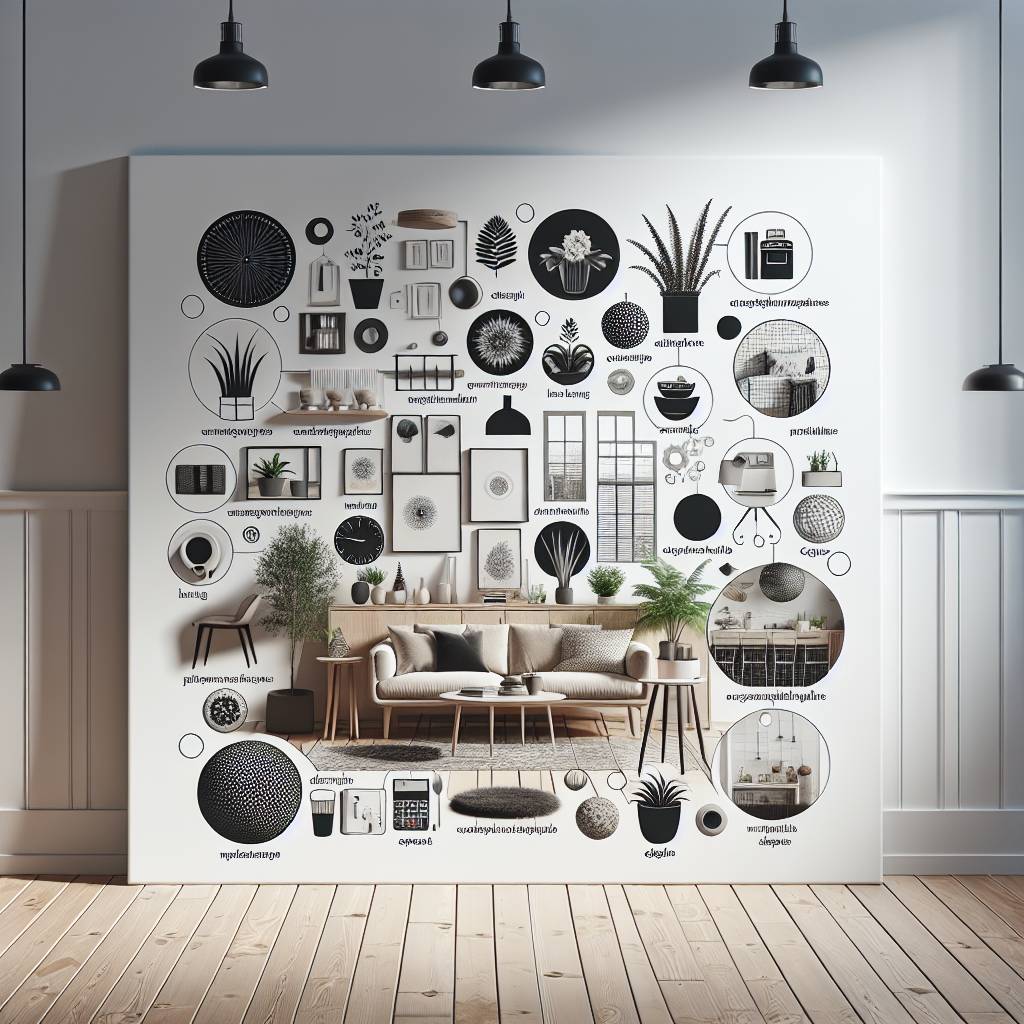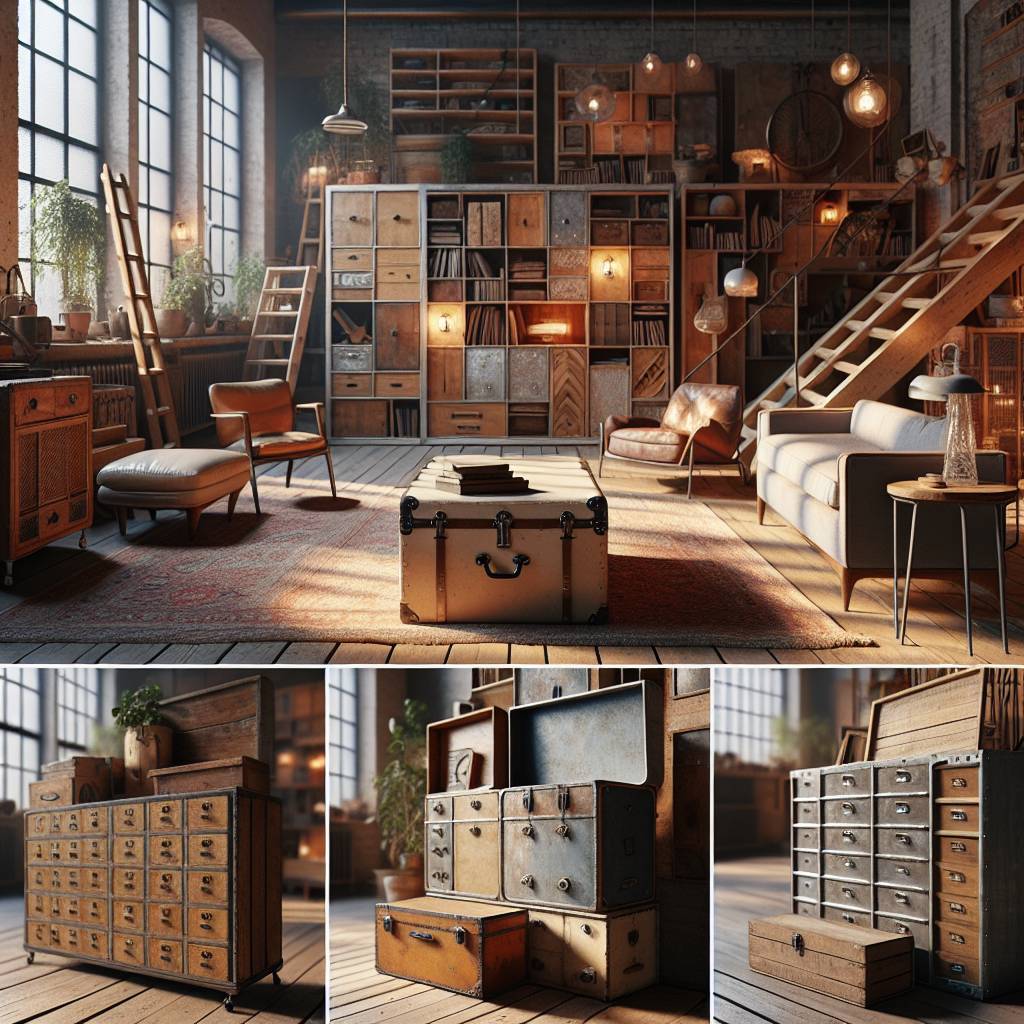Looking to add a personal touch to your living space? Ever thought about building your own lounge room furniture? Imagine the satisfaction of creating pieces that reflect your style and fit perfectly in your home. With some creativity and a few tools, you can bring your vision to life. Whether it’s a cozy armchair or a stylish coffee table, crafting your furniture allows you to tailor every detail to suit your needs. Not only will you save money, but you’ll also have unique wood pieces that showcase your craftsmanship. Ready to dive into the world of DIY furniture making?
Key Takeaways
- Start with a Solid Foundation: Understand the basics of furniture design and frame construction to ensure the durability and functionality of your lounge room furniture.
- Choose Wisely: Select high-quality materials and tools that are suitable for your project to achieve a professional finish and long-lasting furniture pieces.
- Focus on Structure: Master frame construction basics to create sturdy and stable furniture that can withstand everyday use in your lounge room.
- Master the Art of Upholstery: Learn the fundamentals of upholstery to give your furniture a polished and comfortable look that matches your style and preferences.
- Fabric Matters: Use the fabric selection guide to choose materials that are both aesthetically pleasing and practical for your lounge room furniture.
- Attention to Detail: Follow proper assembly techniques and pay attention to finishing touches to elevate the overall appearance and quality of your handmade furniture pieces.
Understanding Furniture Design
Sofa Background
Building your own lounge room furniture involves mastering various skills. Learn woodworking techniques to craft a sofa frame that is sturdy and durable. Understanding sewing skills is crucial for upholstery, ensuring a professional finish.
Consider palate bed couches as a simpler alternative to traditional sofas. These unique pieces offer a rustic charm and can be customized to suit different styles.
Design Basics
When designing your sofa, explore contemporary style options for a modern touch. Focus on creating a modular sofa that can be easily transported and assembled in different spaces. Incorporate features like USB ports for convenient device charging.
Traditional vs Modern
Differentiate between traditional and modern couch designs to choose the right style for your lounge room. Traditional couches often require regular repairs due to intricate detailing and delicate fabrics. In contrast, modern designs prioritize replaceable cushions, making maintenance easier and cost-effective.
Selecting Materials and Tools
Essential Tools
When building your own lounge room furniture, you will need specific tools to ensure a successful project. A circular saw is essential for precise wood cutting, while a staple gun helps secure fabric in place. specialized tools for woodworking and upholstery are vital for intricate designs and finishes. Make sure to have foam cushions, quality fabric, and sturdy wood studs on hand to complete the project efficiently.
Choosing Materials
Selecting the right materials is crucial when creating lounge room furniture. The fabric choice plays a significant role in the overall look and feel of the furniture. Consider opting for microfiber, known for its softness and suitability as a non-leather material. Prioritize materials that offer a balance between durability and comfort, ensuring longevity and satisfaction with the final product.
Frame Construction Basics
Building Wooden Frame
Start by constructing a sturdy wooden frame to form the foundation of your lounge room furniture. Ensure the frame’s dimensions are precise to fit the intended furniture piece. The wooden frame must be strong enough to support the weight and usage of the furniture.
Adding Support Elements
Incorporate essential support elements like springs or webbing into the frame for enhanced durability. Choose between S-Springs for a more traditional approach or Eight-Way Tied Springs for robust support. Weave webbing across the frame as a simpler yet effective method of providing support.
Upholstery Fundamentals
Springs vs Webbing
Springs provide durable support, ideal for heavy-use furniture like sofas and couches. They offer excellent resilience.
Webbing, on the other hand, is simpler to install and replace. It provides consistent support across the entire seating area.
When considering between springs and webbing, springs are preferable for longevity and durability. They can withstand frequent use without losing their shape.
Staple Gun vs Tacks
A staple gun is efficient for securing fabric quickly and evenly across the frame. It ensures a smooth finish without wrinkles.
Tacks, while more time-consuming, offer a traditional look and feel to the upholstery. They are perfect for intricate designs or delicate fabrics.
Choosing between a staple gun and tacks depends on the project’s requirements. For quick projects, a staple gun is ideal, but for intricate detailing, tacks are preferred.
Fabric Selection Guide
Understanding Fabric Types
When selecting fabric for your lounge room furniture, familiarize yourself with various types such as linen, leather, and velvet. Consider durability and maintenance needs to ensure longevity.
Choose a fabric that not only suits your style but also complements the sofa’s design. Avoid fabrics that may clash with the overall aesthetic or are challenging to maintain.
Standard Dimensions
To build your own lounge room furniture, determine the standard dimensions for a three-person sofa. Factor in seat height and depth for optimal comfort and usability.
Ensure the sofa dimensions align with your personal preferences and the space available in your lounge room. Customize the dimensions to fit your specific needs and requirements.
Assembling Your Furniture
Constructing the Base
Begin by constructing the sofa base using the wooden frame for durability and sturdiness. Secure the base with pocket screws or joints to provide a strong foundation. Ensure each corner is properly aligned to avoid structural issues later on.
To support the entire structure, it’s crucial to secure the base correctly. By following the design plan meticulously, you can ensure that the sofa base is constructed accurately. This step lays the groundwork for the rest of the furniture assembly process.
Attaching Back and Seat
Attach the back and seat components to the base using appropriate tools such as screws or glue. Ensuring proper alignment and stability during attachment is essential to prevent any wobbling or unevenness in the final piece.
Properly securing the back and seat elements will not only enhance the overall aesthetics of your furniture but also contribute to its longevity. Pay close attention to detail while attaching these components to achieve a seamless finish.
Finishing Touches
Sanding and Polishing
Sanding the wooden frame is crucial for achieving a smooth finish. Polish the frame to bring out its natural beauty and enhance its overall appearance. Make sure to sand and polish all surfaces meticulously for a consistent look.
Completing the final assembly of all sofa components is the last step before your furniture is ready for use. Double-check the alignment and stability of the sofa to ensure it is sturdy and well-constructed. Once assembled, prepare the sofa for immediate use or any further customization you may have planned.
Closing Thoughts
You’ve learned the ins and outs of building your own lounge room furniture, from design to finishing touches. Now it’s time to put your newfound knowledge into action. Get those materials ready, follow the steps you’ve mastered, and create furniture that reflects your style and personality. With each step, remember the importance of precision and attention to detail. Your hard work will pay off with a unique piece that you can proudly showcase in your home.
Take the first step today by gathering your tools and materials. Dive into the process with confidence, knowing that you have the skills to bring your vision to life. Don’t hesitate to experiment and make adjustments along the way. Your custom-made furniture awaits!
Frequently Asked Questions
How important is understanding furniture design before starting to build my own lounge room furniture?
Understanding furniture design is crucial as it helps you create functional and aesthetically pleasing pieces. It ensures your furniture is structurally sound, ergonomic, and fits well within your space, enhancing the overall look and feel of your lounge room.
What are the key factors to consider when selecting materials and tools for building lounge room furniture?
When selecting materials and tools, consider durability, aesthetics, budget, and ease of working with the materials. Opt for high-quality wood or metal that suits your design style. Choose tools that are appropriate for the project size and complexity to ensure precision and efficiency.
How does frame construction impact the durability and stability of lounge room furniture?
Frame construction is essential for providing structural support and stability to furniture. A well-constructed frame ensures durability and longevity of the piece. Properly assembled frames also contribute to the comfort and safety of the furniture, making it a long-lasting addition to your lounge room.
Why is upholstery an important aspect of building lounge room furniture?
Upholstery not only adds comfort but also enhances the visual appeal of your furniture. Choosing the right fabric, padding, and techniques can elevate the overall design of your lounge room pieces. Proper upholstery work ensures a professional finish and increases the longevity of your furniture.
How can I choose the right fabric for my lounge room furniture?
Consider factors like durability, colorfastness, texture, and maintenance requirements when choosing fabric for your furniture. Select fabrics that complement your design style while being practical for everyday use in a lounge room setting. Opt for high-quality upholstery fabric to ensure longevity and easy maintenance.
